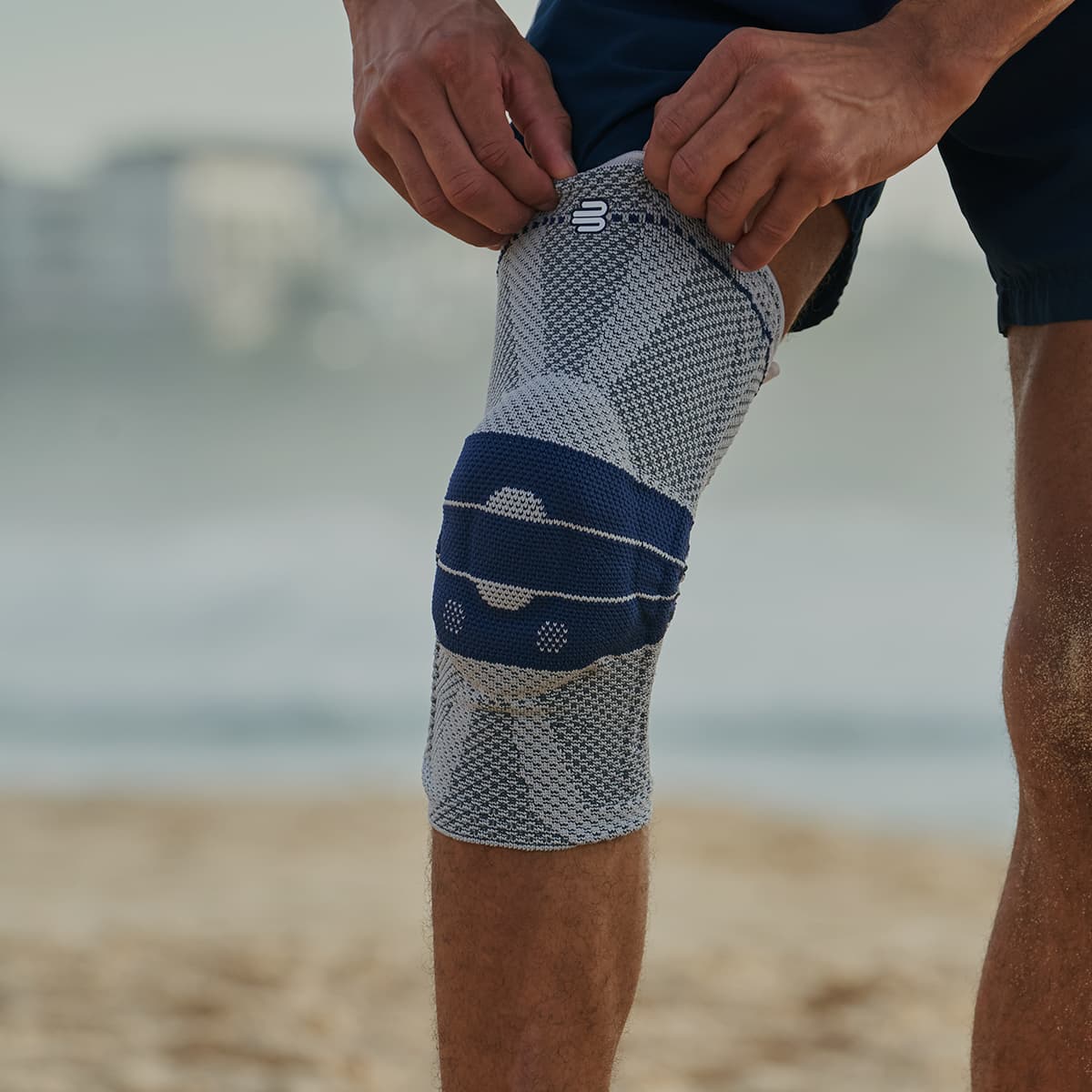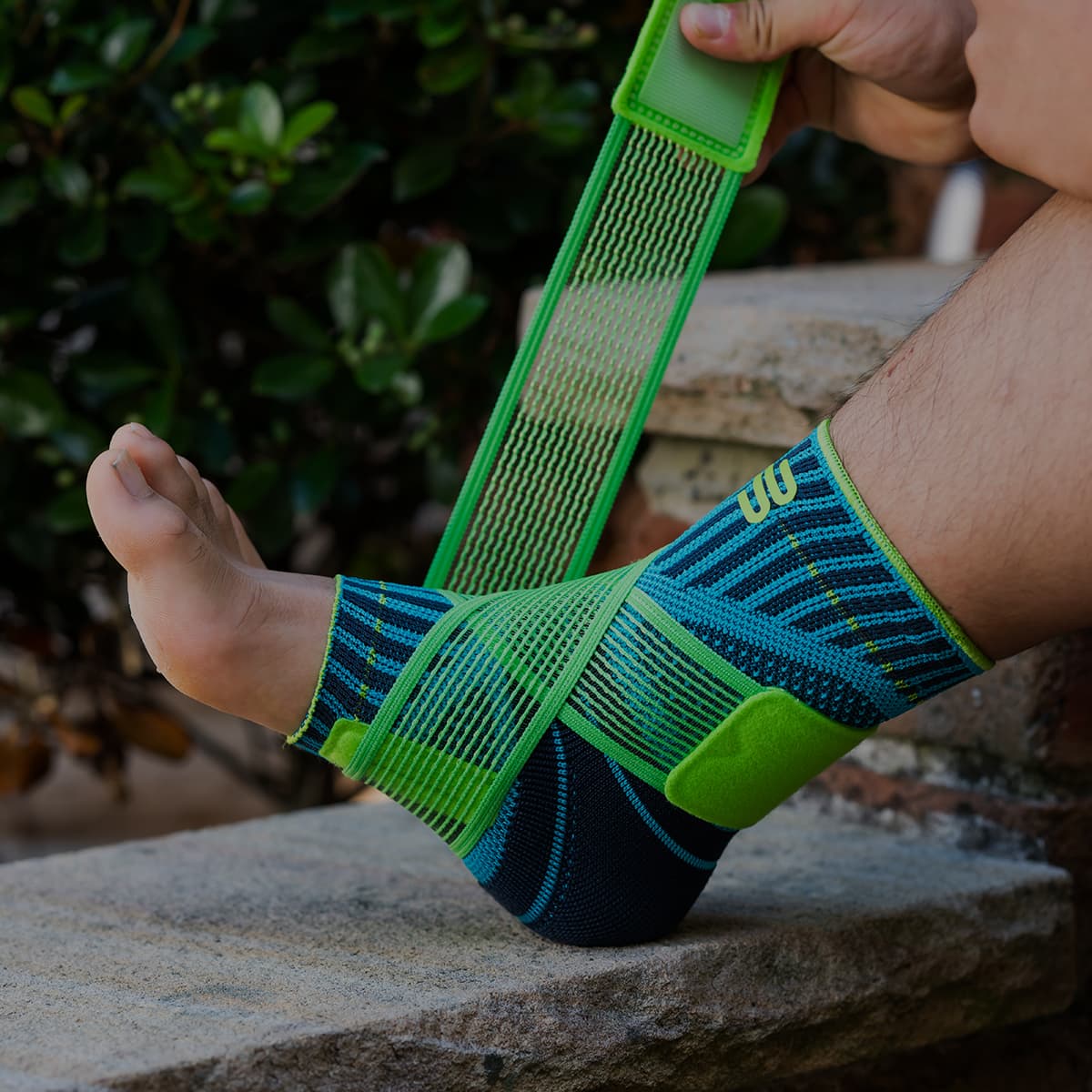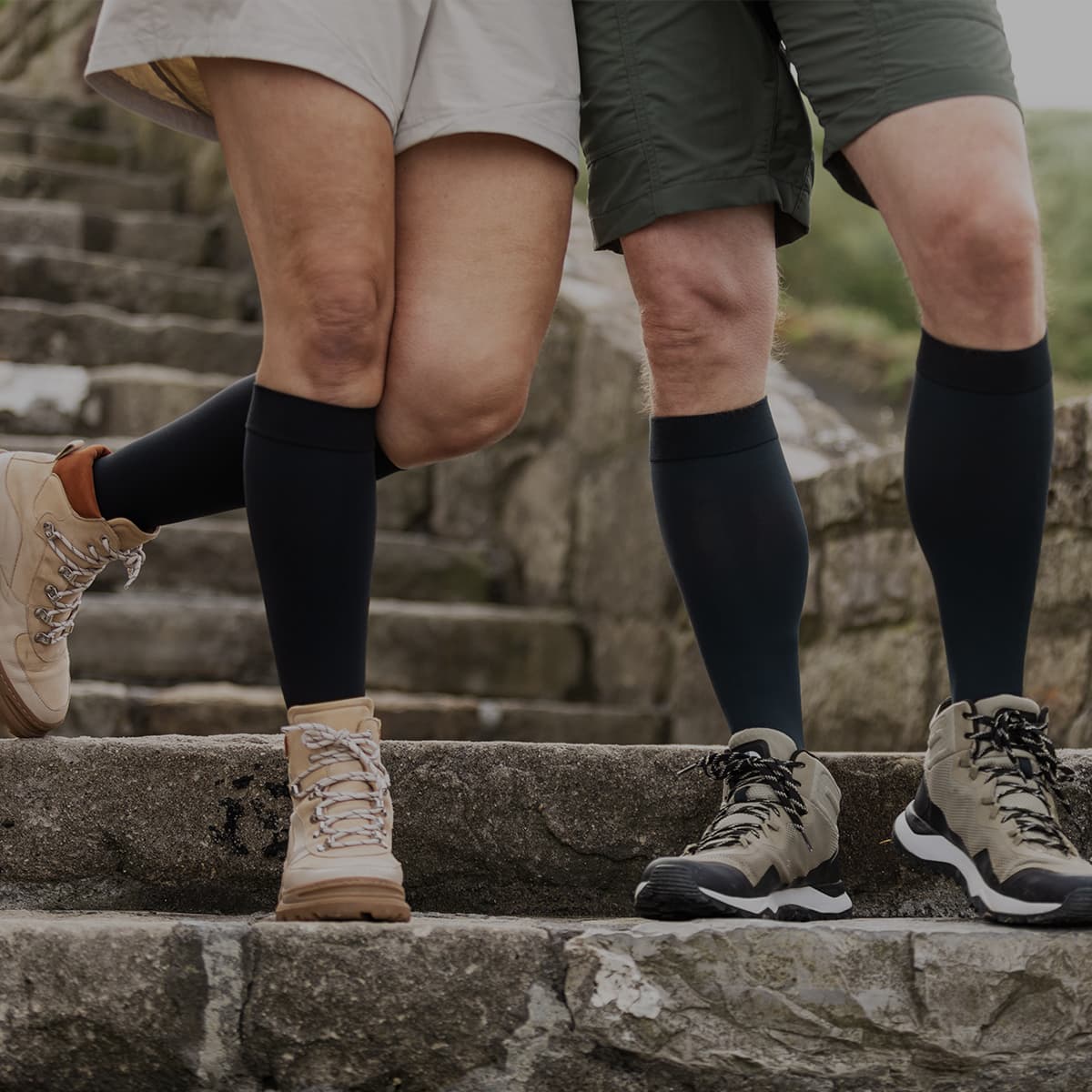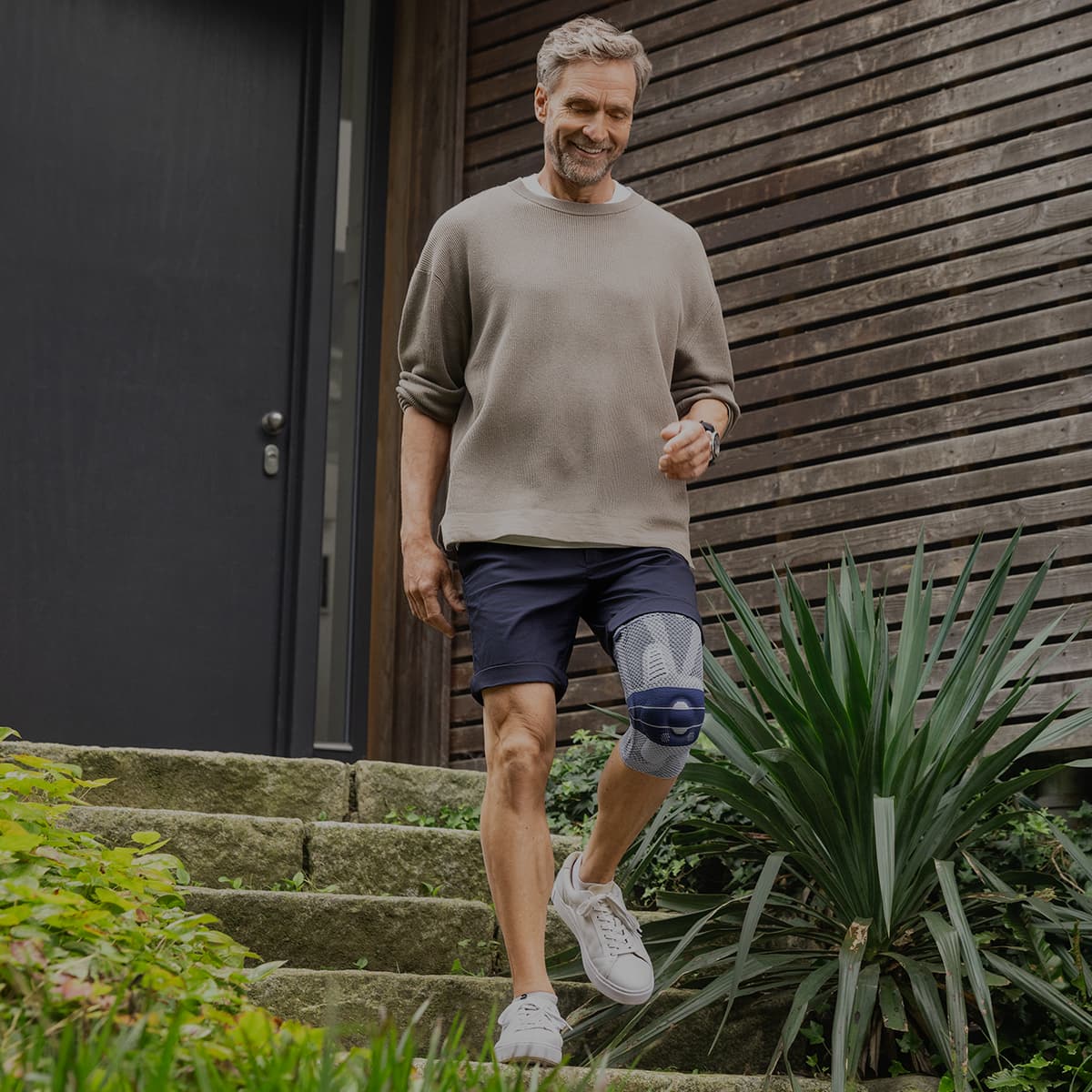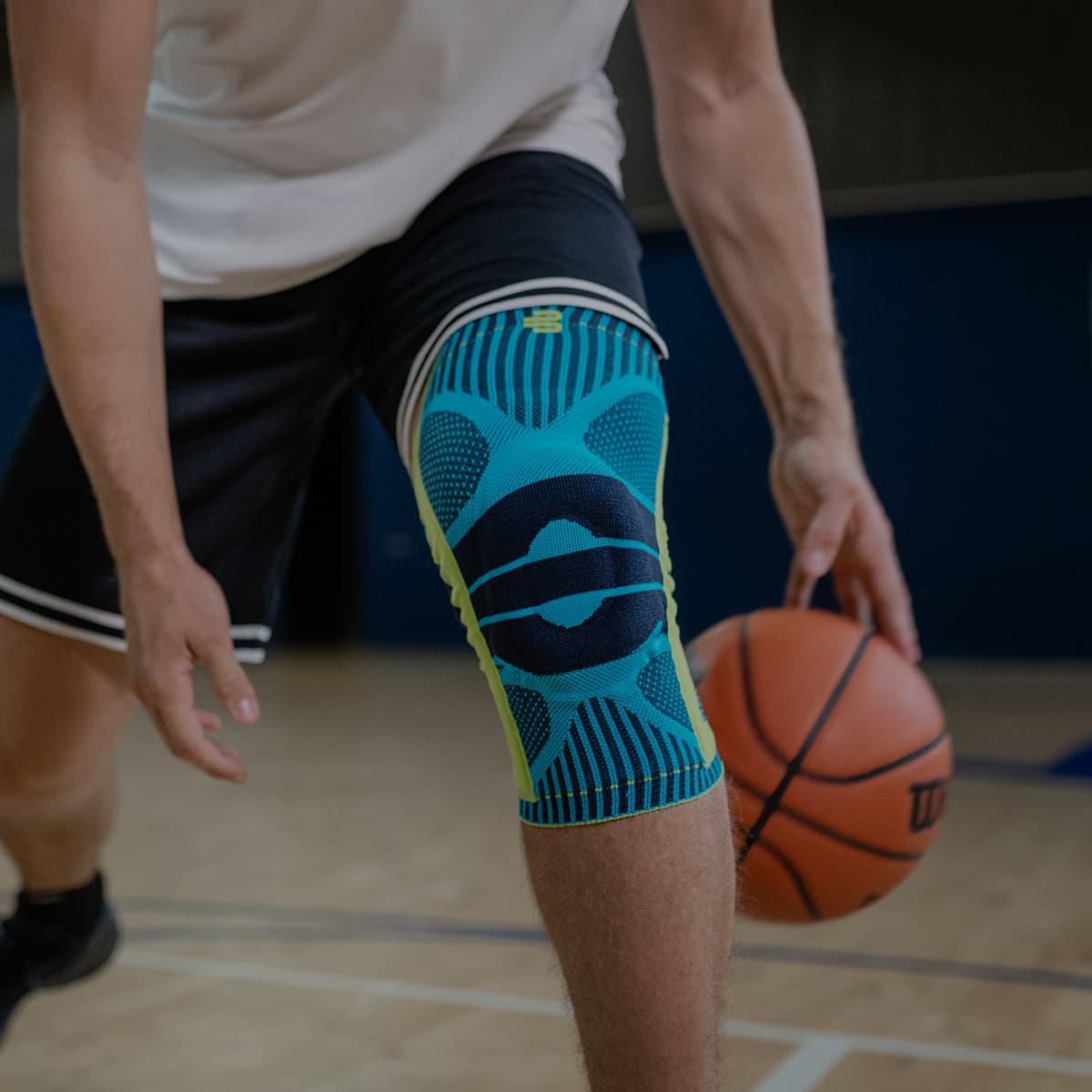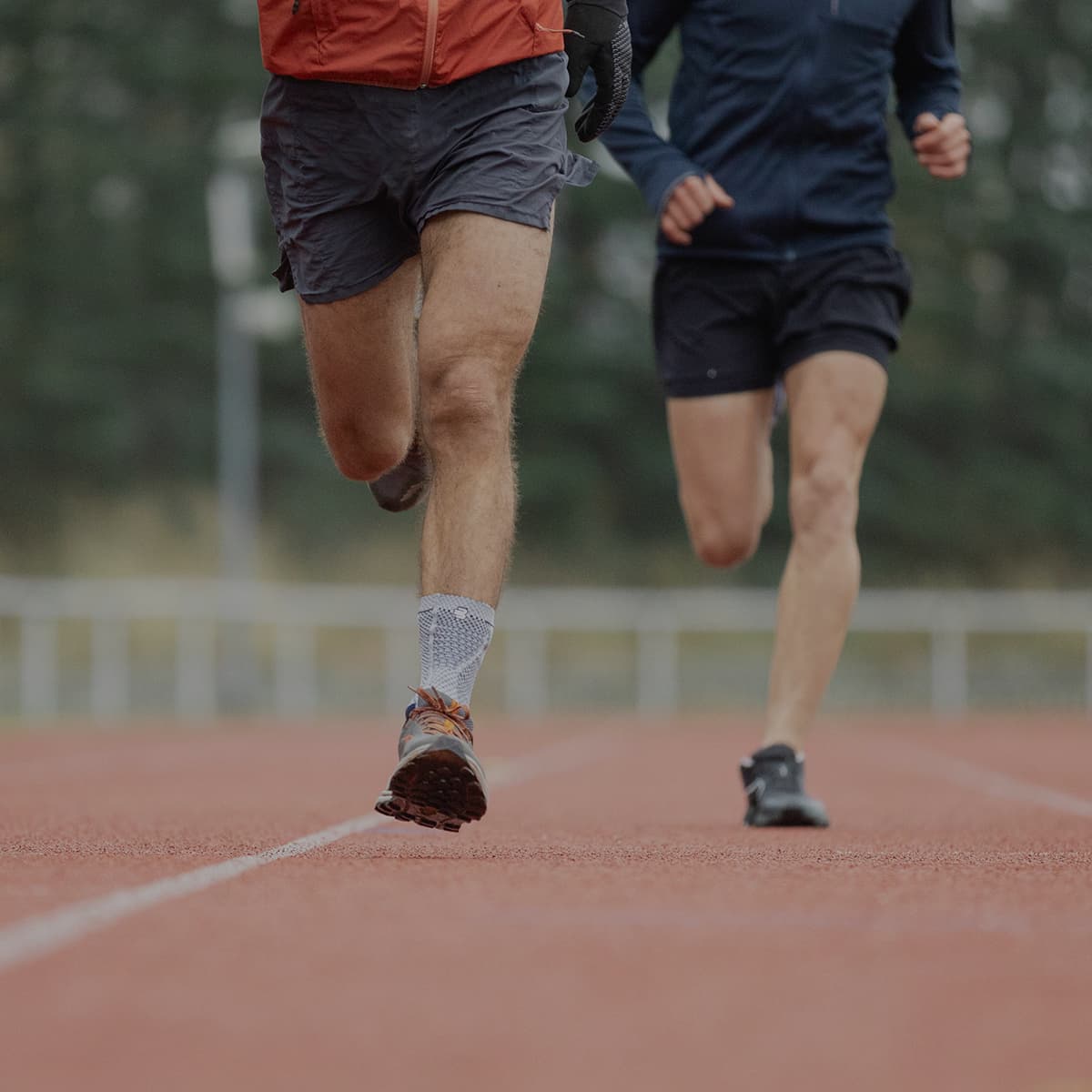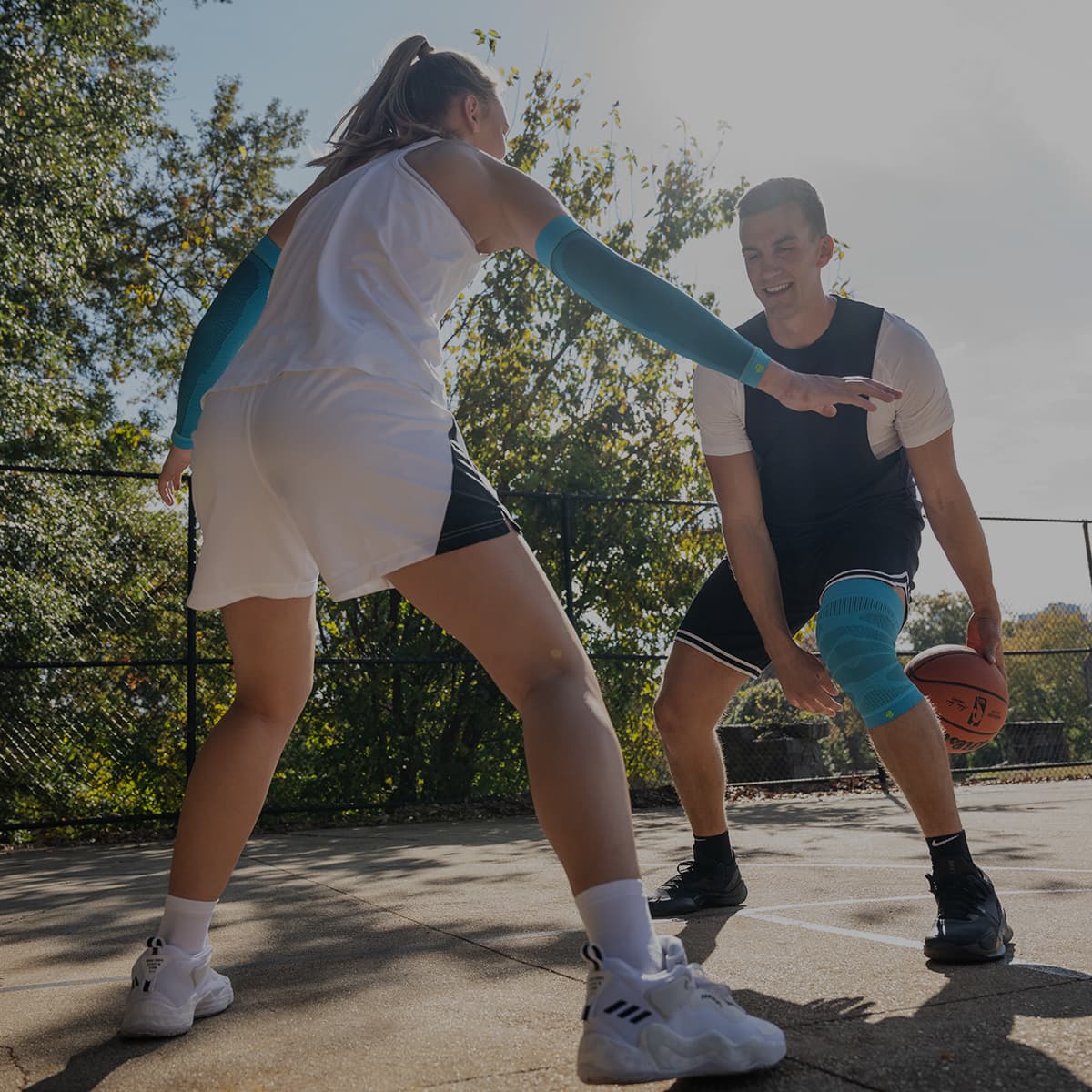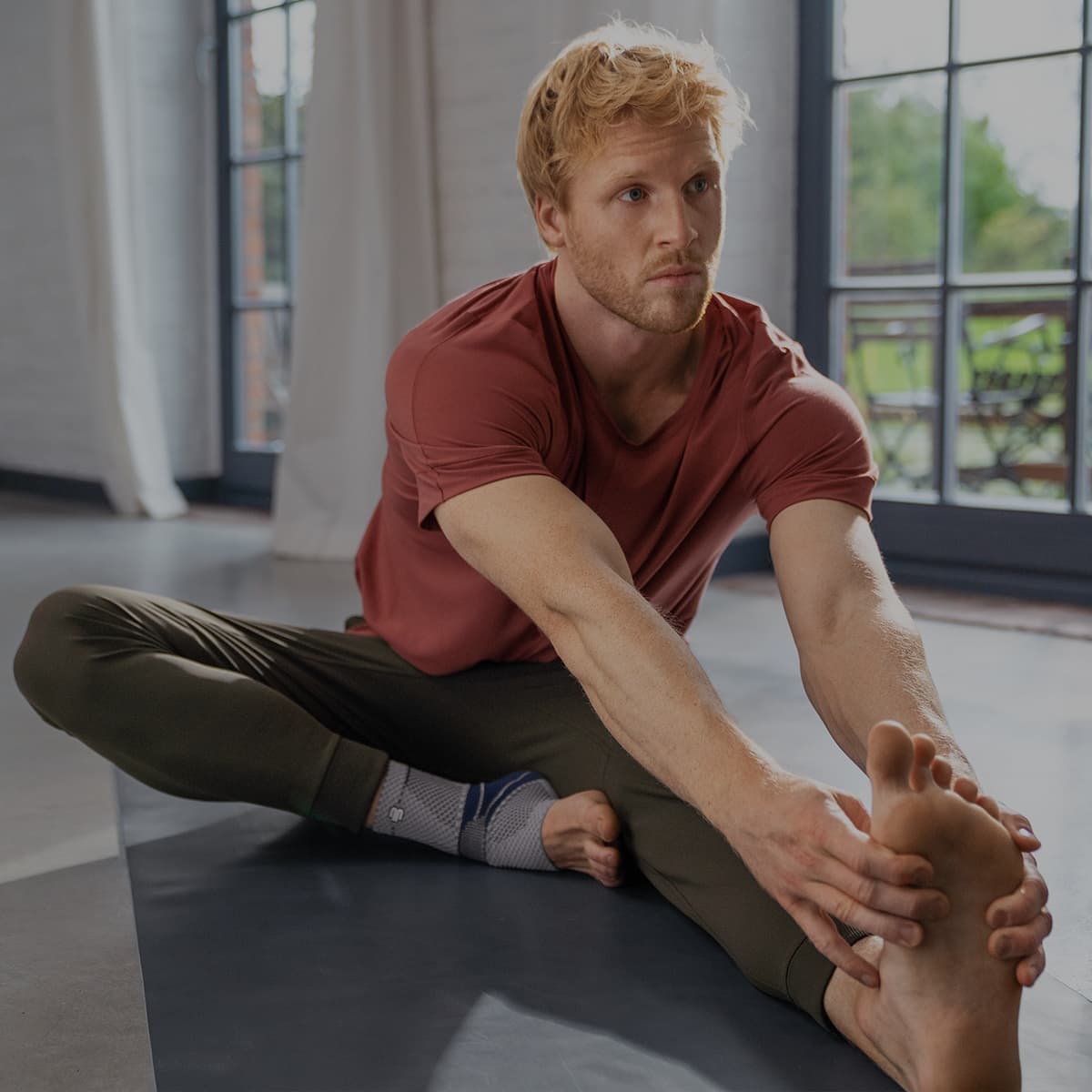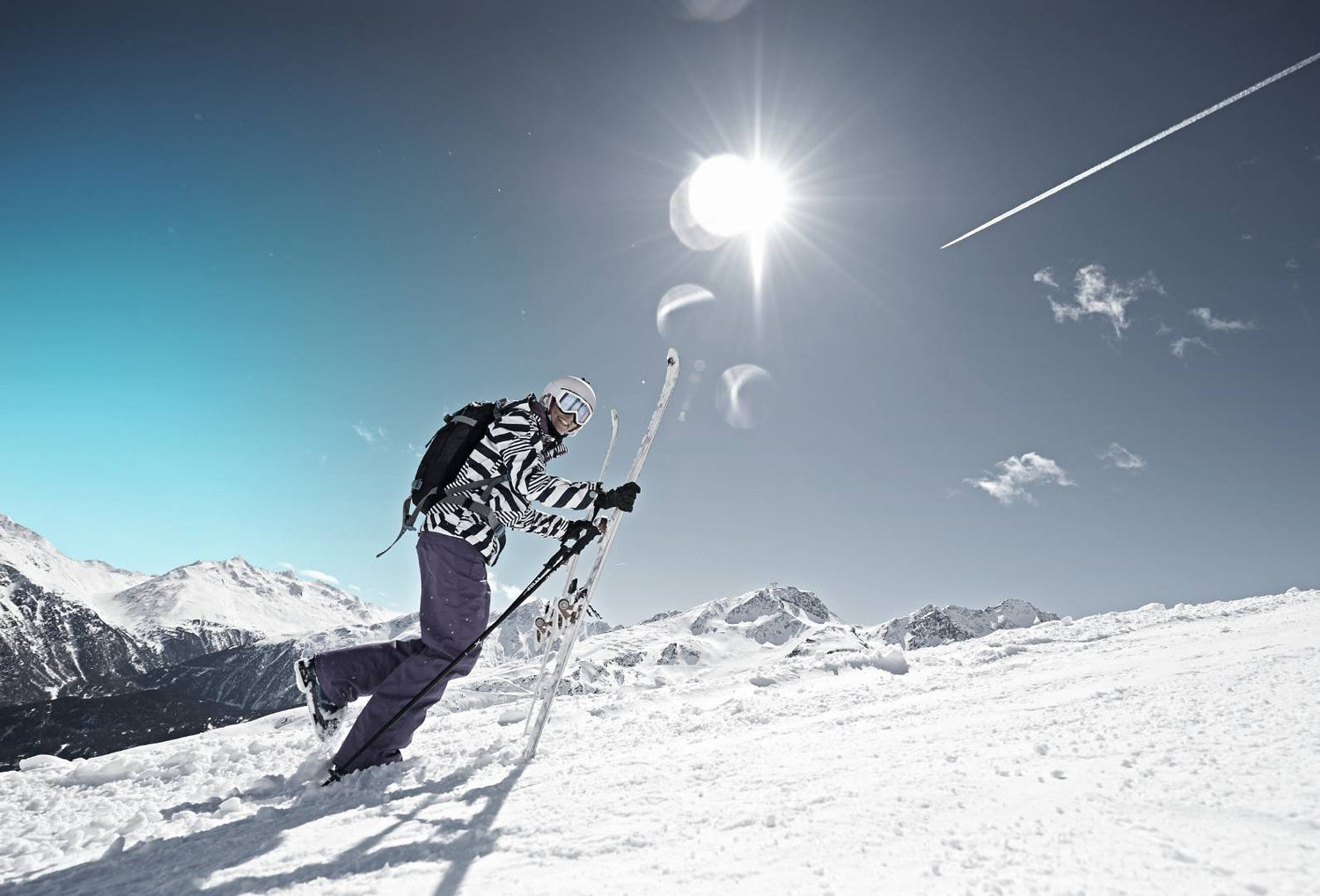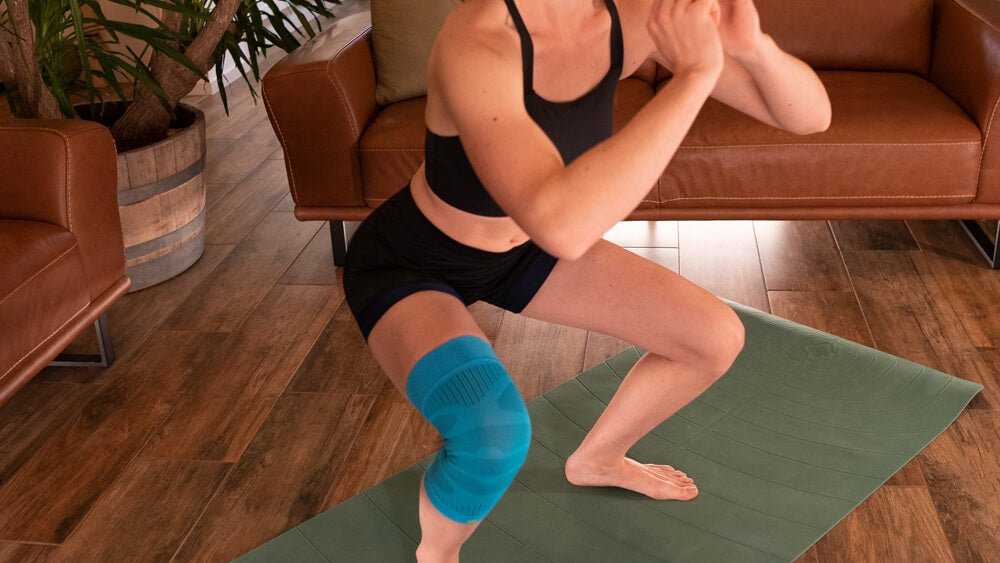Planning to participate in the ski season for the first time? It’s a great activity to get away from the city and have fun with your friends. But while it's a relatively safe sport for beginners, you’ll need to know the proper techniques, the right slopes, and the best gear to make the most out of your ski trip. So, without further ado, here are our skiing tips for beginners.
Pick a beginner-friendly resort
Not every mountain is made equal. You’ll want a resort with a few gentle slopes to practice on while you’re getting the hang of the sport. We Kiwis have plenty to choose from:
- Coronet Peak has long, wide trails for easy turning
- The Remarkables' beginner's ski area is low on trees and high on different types of terrain to practice on
- Cardona is very popular among families for its excellent ski schools and a wide network of blue and green slopes
- Whakapapa has a wide variety of beginner-friendly ski trails
- And Mt Hutt (although lower profile than others) is a favourite for locals due to its wide trails and zig-zagging green and blue runs
Work on your form
First things first, get into the habit of holding a good ski form. Pro skiers and instructors generally recommend:
- Leaning into your shins, into the front of your boots. It can be hard to maintain this position considering ski boots are pretty solid, but it’s essential for keeping your balance and having greater control.
- Bending your knees and slightly bend at the hip so your body creates a zig-zag.
- Keeping your feet behind your knees and root your heel into the boot’s heel cup. Good foot positioning is essential for manoeuvring your skis.
- Keeping your knees roughly hip-width apart (unless you’re aiming for a pizza stop or are leaning into a turn.)
- Looking ahead. When you’re not used to it, it can be hard not to glance down at your skis to ensure you’re positioning them correctly. But you’ll want to break this habit asap. Looking down can mess up your form. Not to mention, not looking ahead once you hit the trails can make the experience dangerous for you and others.
Practice, practice, practice
Before heading out to intermediate or beginner slopes, you must practice in a safe, designated training area. The most important things to focus on are slowing, stopping, and turning, as these will save you from a few falls and a lot of collisions.
To turn left, slightly drop your right shoulder toward the tip of your right ski while pressing down on your right ski with your proper boot (and to turn right, do the opposite). Hold that position until you’ve turned however much you wanted.
To stop, do the pizza. Point the tips of your skis toward each other. As you do so, gently press the inner edges of your skis into the snow. The wider the pizza, the more effective the stop. Do note, though, the pizza stop works best when you haven’t picked up too much speed. If you’re barreling down a hill, try easing into a turn before pizza-ing. Having your skis run perpendicular to the downward slope will help slow you down.
In case of an emergency, you can try a hockey stop - though this isn’t usually recommended for beginners as it’s best used on steep slopes and takes a while to get the hang of. Make a sharp turn in either direction by dropping your shoulder and pressing into one boot. As you turn, keep your knees and skis close and tilt your torso so it’s leaning almost parallel to the hill. Dig your ski edges hard into the snow.
And if worst comes to worst, just lean to one side and fall, absorbing the shock with an outstretched arm and the side of your leg. Snow is pretty soft, and getting some bruising is better than skiing straight into a tree.
Note: you can also drop backwards with your knees bent, your upper back absorbing the shock, and your skis still parallel to the hill, but this can be a bit harder to get right.
Book a skiing for beginners class or two
Getting practical, tailored advice directly from an expert is also a good bet. They’ll help you work on your technique and give you access to gently sloping training grounds.
Get some supports
 GenuTrain S
GenuTrain S
Skiing can take a toll on your joints, especially since you’re just starting out. You’re still getting used to the techniques, working your muscle groups like they’ve never been worked before, and falling—a LOT.
While all this is part and parcel of learning and getting better, you should still offer your joints additional protection. For the knees, try the GenuTrain S. Its compression knit fabric will communicate with your nerves to activate your muscles more efficiently. It will also boost circulation through that area, ensuring your muscles get the oxygen and nutrients they need to stay strong. The brace also incorporates a lightweight system of straps and hinged stays to offer extra support without sacrificing mobility. Remember, the knees account for 30-40% of ski injuries, with muscle fatigue accounting for most ACL sprains.
If you have an existing knee injury or an issue with knee stability, consider upgrading to the SofTec Genu. It has tougher vector-knit compression and covers more of the leg for increased support.
For the back, try the Sports Back Support. It also incorporates high-quality compression knit to support the function of your core muscles and reduce fatigue.
Learn more: 4 Common Types of Ski Injury and How to Avoid them
Get some other essential bits of ski gear
Along with compression supports, you’ll also need:
- Ski goggles. These will keep your face safe from the wind. They’ll also protect your eyes from snow blindness. While some skiers opt to wear sports sunglasses, they’re not all that weatherproof and are prone to flying off the face.
- Hat, hood, and a ski mask. You don’t want any part of your body exposed to sub-zero temperatures. You especially don’t want your face uncovered to the freezing mountain wind and sleet.
- Ski pants. These are warm and waterproof pants that’ll keep out the snow and wind.
- Ski jacket. These come waterproof and fleece-lined, making them a great option for keeping you warm.
- Ski gloves. Knitted gloves and mittens aren’t ideal. With all the snow and the occasional bout of sleet, conditions can get wet fast, and soaked-through fabric will do nothing to keep you warm. Ski gloves are made of the same stuff as ski pants and jackets, perfect for keeping your digits safe from frostnip.
- Thermals. When going out in frigid weather, our first instinct is to bundle up in multiple layers. But while it’s OK for a walk to the grocery store, it’s not ideal for physical exercise in the snow. Multiple layers mean you’ll get sweaty fast; all that moisture can be dangerous in the cold. So instead, wear a single layer of thermals under your outer gear.
- Boots and skis. Like braces, ski boots and skis can be very finicky in measurement. You’ll want boots that will hug your calves close without cutting hard into your shin bone and skis that are 8-15 cm shorter than you (depending on your height and weight).

Image source: evo.com
Forget about the poles
At least for now. Poles are great for intermediate and advanced alpine skiing as well as cross-country skiing. But when it comes to skiing for beginners, they tend to get in the way of learning. Instead of focusing on using your body and skis to manoeuvre around, you might instinctively try using the poles instead. As a result, you’ll be slower to pick up the proper techniques and might even get some sprains or strains in your rotator cuffs, arms, or wrists.
Mind your body
As a beginner, your body will NOT be used to the rigours of skiing. No matter how hard you work at the gym, skiing will use those muscle groups in ways they’re not accustomed to. Considering that the average ski day can have you spending up to 6 hours on the snow, your muscles will probably not be used to working that hard for that long.
To make the most of your trip, always warm up before skiing and cool down after. Warm-ups will work alongside your compression gear to relax your muscles and get your blood flowing faster into muscle tissues, kick-starting oxygen and nutrient delivery. Cool downs will keep your circulation boosted and reduce the impact of DOMS (delayed onset muscle soreness).
Lastly, pay attention to your body’s warning signs. Muscle fatigue and pain can be easy to ignore when you’re focused on staying upright and trying not to crash into anything. So, try your best to take a break every once in a while to check on how they’re holding up. If they’re fine, keep going. If they’re burning or a bit shaky, take a longer break and maybe get some hot drinks and food while you’re at it. If they’re painful and cramping, it’s time to call it a day.
To sum up
Like most sports, skiing comes with a learning curve. But as long as you practice, wear the proper gear, stick to appropriate slopes, and get a support or two, you’ll be well on your way to intermediate trails. And well on your way to a great ski holiday.
Explore more ski supports: Bauerfeind Ski Supports and Braces
If you require assistance selecting the right product for your needs or wearing the brace, call us on 098015660 or contact us via live chat.
Do you have private health? Most private health extras will cover Bauerfeind Products. Check to see if yours is included. Bauerfeind Private Health Insurance Inquiry.

